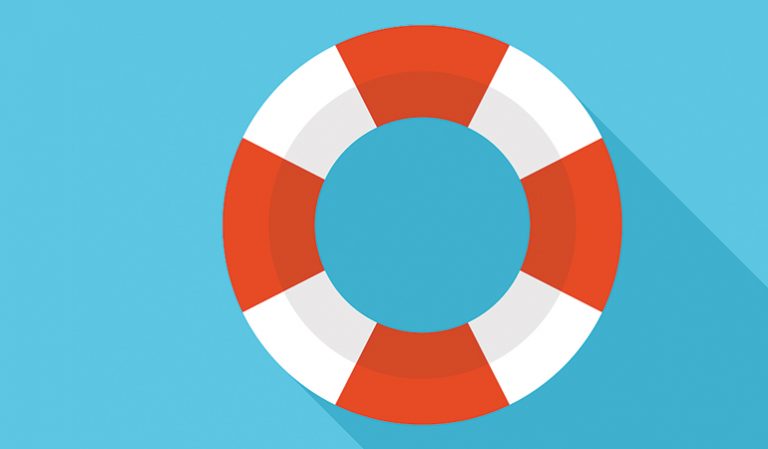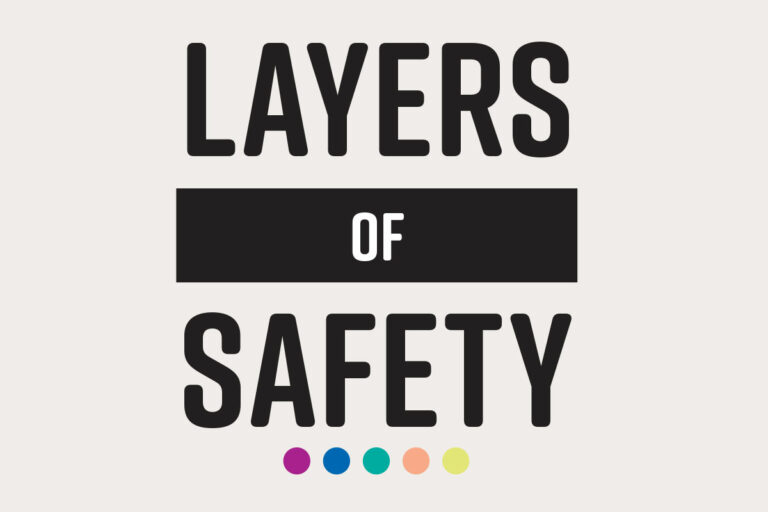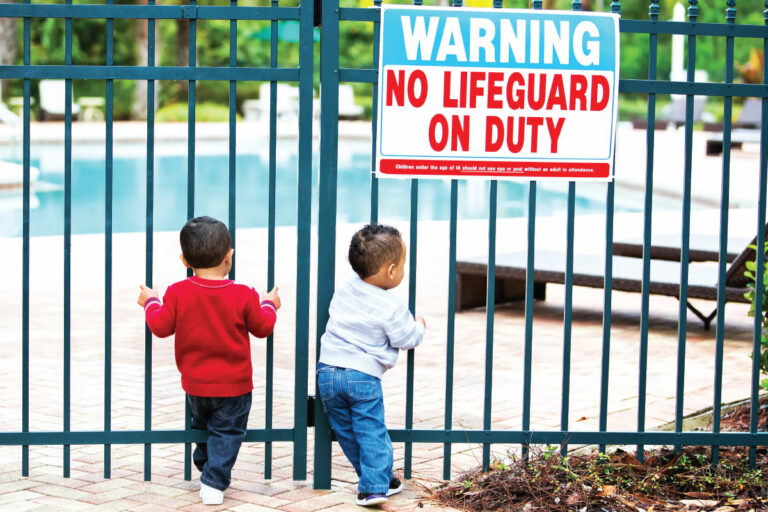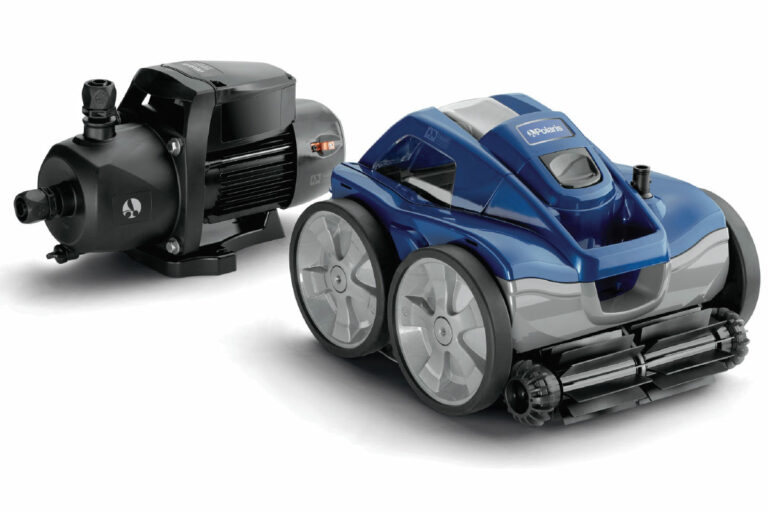Employee Safety First

For homeowners, pools are the ultimate backyard retreat. For the men and women who build and service them, however, the job runs the risk of injury. A well-planned safety policy can help prevent that. If you have employees, one of the first things you should give them is a comprehensive safety manual designed to protect both the employee and the business.
Assess and Evaluate
Russell Carr is the founder and principal of Berg Compliance Solutions in Austin, Texas, which provides safety and compliance consulting services to companies. His business is risk reduction.
“If a company puts its employees at risk or exposes them to health and safety hazards, they have to control those hazards,” Carr says. “One of the first steps in meeting that requirement is for a company to assess what those exposures are, and then develop a health and safety manual that contains all of the OSHA standards that help companies to control those hazards.”
When a business develops a safety policy, the starting point should be a re-creation of an actual Occupational Safety and Health Administration assessment or audit for the warehouse, retail store and employees on the road, Carr says. “Observe what the employees are doing, and then determine what safety and health hazards they’re exposed to.”
It’s important to note that OSHA standards are the bare minimum. They represent a good starting point, but the best safety policies are the ones that go above and beyond.
“A lot of those standards were created in the 1970s and have never been updated since,” Carr says.
Putting Policy on Paper
The findings of the mock OSHA audit will be the basis of the safety policy. That policy must then be put into writing in the form of a manual.
“To be compliant, the manual has to contain certain elements and language,” Carr says. “So you want to operate off a boilerplate template then customize it for exactly what your company does.”
Safety manual templates, which are available for free from OSHA or from companies like Carr’s, contain what Carr calls “literally every standard possibly out there.” He believes crafting the manual from scratch may result in omitting important standards, so he suggests whittling down a prepared OSHA template to include the things your company needs.
That, however, was not the case for David Manning, the territory maintenance manager for Houston-based Manning Pool Service.
He found OSHA language “to be too dry and basic.” Instead, he created his own manual that was more visual and easy to read, complete with colorful charts and graphs.
“We referenced OSHA where it was appropriate, but we didn’t copy it verbatim,” Manning says. “I based it more on my experience and knowledge of the industry.”
Planning for the Unexpected
Unlike a factory setting where the hazards are fixed, pool crews can encounter just about anything in the field, from snarling dogs to falling tree limbs. Business owners have to factor these kinds of unexpected dangers into the safety program, at least to the best of their abilities.
One of the ways to control the uncontrollable is an extra layer of protection called a job hazard analysis, or JHA, which requires employees to analyze and document potential dangers. Technicians take blank JHA forms to job sites and conduct an on-site assessment to account for what hazards might be present and what controls could help prevent injury.
“Train employees on how to fill out a JHA, go through mock exercises to see how the process works and build it into their daily process,” Carr says. “In an ideal world, that would be part of their daily routine.”
Manning crafted his manual with only three sections.
Chemicals: Manning started here because “chemicals are the most important part of the job, the hardest for people to understand and the most likely to damage equipment or more importantly, hurt a person,” he says. This section includes how to store chemicals in trucks, to keep acid away from chlorine, how to neutralize acid in case of an accident or a spill and required safety gear like yellow gloves for handling chlorine and goggles for pouring acid.
Steps for properly servicing a pool: This covers safety measures for pool service methods, as well as pool functions like automation, how to operate the different filters and a basic understanding of valves and the hydraulics.
Common questions: This addresses FAQs like what to do if there’s a dog in the yard, if the gate is locked with no gate code and what to do in case of rain service.
Carr stresses that safety manuals are just stacks of paper. What gives them substance is leadership.
“It’s about management commitment,” Carr says. “The employees aren’t going to buy in unless they have senior management driving that message from the top down. The leader of the company should begin by drafting a health and safety policy for the company, signing it and putting it up for everybody to see, then constantly drive home the importance of health and safety for the employees. If employees don’t see consistency from the top, it will never work.”
Manning agrees, but puts an emphasis on upfront training and employee accountability.
“Our training is four weeks,” Manning says. “On the very first day, we sit down with them and go over everything [in the manual]. We have a technician checklist that they sign off on. Three weeks into the training we sit back down and we go over it again. The last week we really hone in on what they don’t understand. On the last day of training, we sit down again and check off every item to make sure they understand every point they signed off on.” The strategy is paying off — so far, he’s had no significant incidents.






